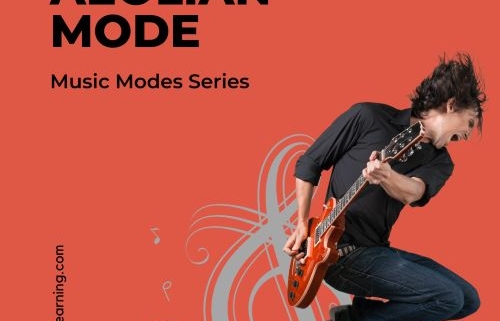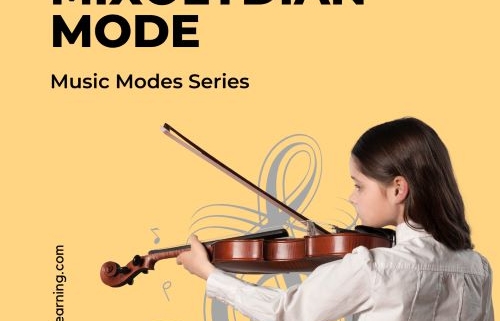The Locrian mode is one of the seven main music modes in Western music and is characterized by its unique sound and distinct pattern of whole and half-steps. While it is the least used of all the modes, it has a unique and eerie quality that sets it apart and makes it an important mode for musicians to understand.
Locrian Mode Formula
The Locrian mode is defined by the pattern of whole and half-steps, starting from the seventh note of a major scale. The formula follows these intervals: H – W – W – H – W – W – W (W = “whole step” or “tone” and H = “half step” or “semitone”).
The Locrian mode has a dark and unstable feel, making it a popular choice for experimental and avant-garde music.
Example: C Locrian Mode

Dissonant Fifth Interval
One of the key features of the Locrian mode is its dissonant fifth interval, which creates a sense of instability and tension. This is in contrast to the Ionian mode, which has a stable and consonant fifth interval. This makes the Locrian mode particularly well-suited to music genres that emphasize tension or conflict, such as avant-garde classical music, metal, or film scores. Because of the unnatural, dissonant sound that the Locrian mode provides, this mode is the least used of all.
Key Signatures & Example Songs
In terms of key signatures, the Locrian mode is associated with diminished triads, which are composed of two minor thirds. Diminished triads have a tense and unstable sound, adding to the overall eerie and experimental feel of the Locrian mode.
Understanding the Locrian Mode
To understand the Locrian mode, it’s essential to practice playing it on an instrument or singing it. Start by playing the scale ascending and descending, then try playing simple melodies using only the notes of the Locrian mode. You can also try playing chord progressions using the Locrian mode and experiment with different rhythms and dynamics.
Summary
In conclusion, the Locrian mode is a unique and important mode for musicians of all levels. While it may not be as widely used as other modes, it has a distinctive sound that sets it apart and makes it a valuable mode to understand. Whether you’re a beginner just starting to explore modes or an experienced musician looking to expand your knowledge, taking the time to learn and understand the Locrian mode is a valuable investment. By incorporating the Locrian mode into your playing, you’ll be able to create music with a dark and experimental feel that’s sure to captivate your listeners.
Learn the Aeolian Mode with an Expert Music Teacher
Get a better understanding of the Locrian mode as well as the other six main modes with an expert music teacher at Hodis Learning & Music. Our private, 1-on-1 lessons, provide an efficient and effective way to study music theory and hone your music skills. Learn more or schedule your first session today by calling or emailing us.
Music Mode Series
← The Aeolian Mode (VI) | What Are Music Modes? And Why Should I learn Them? →















